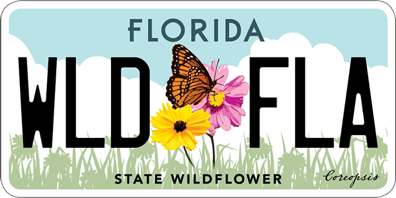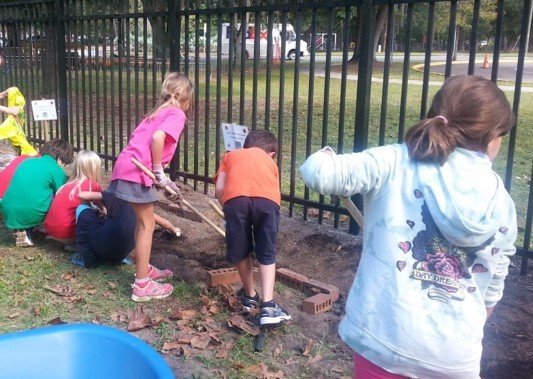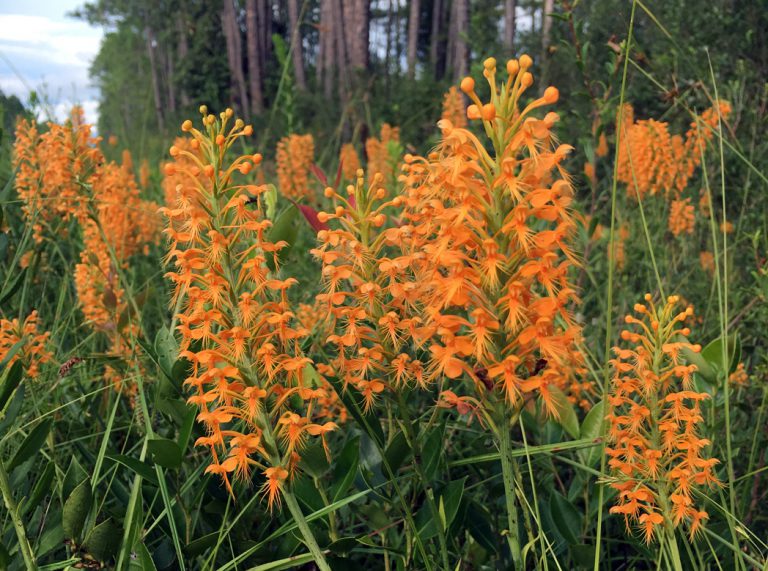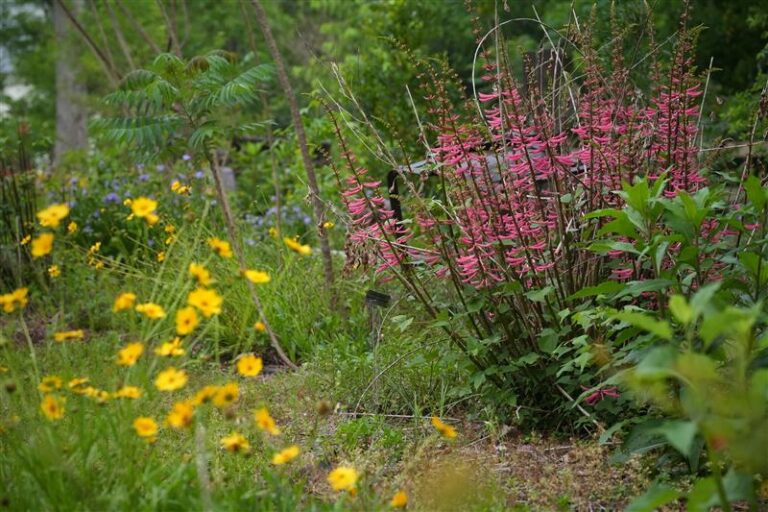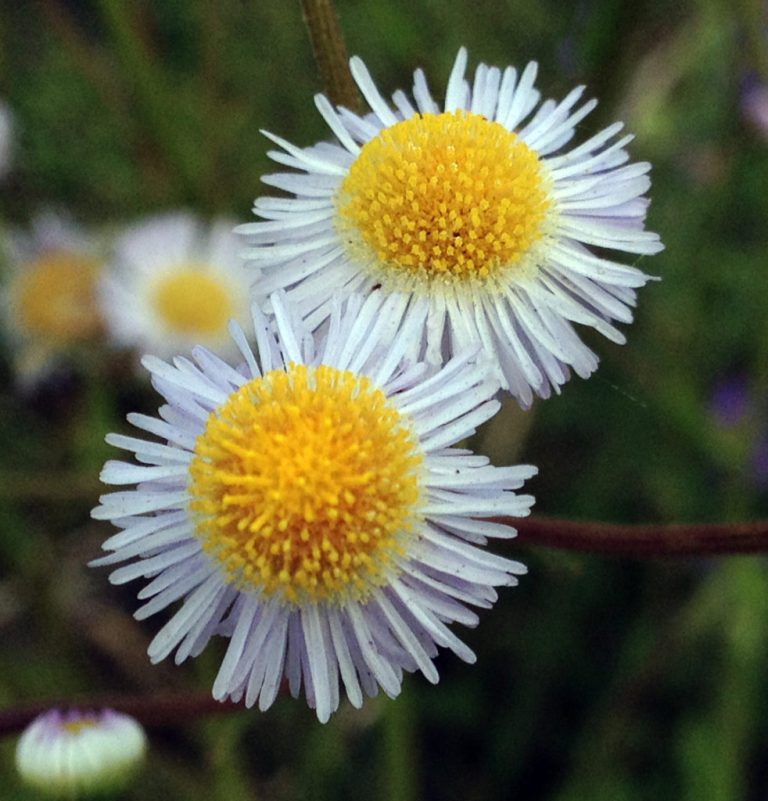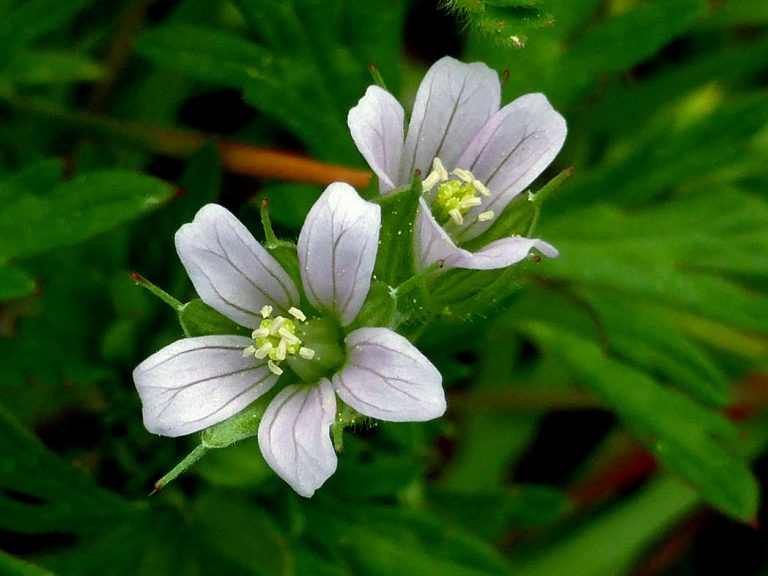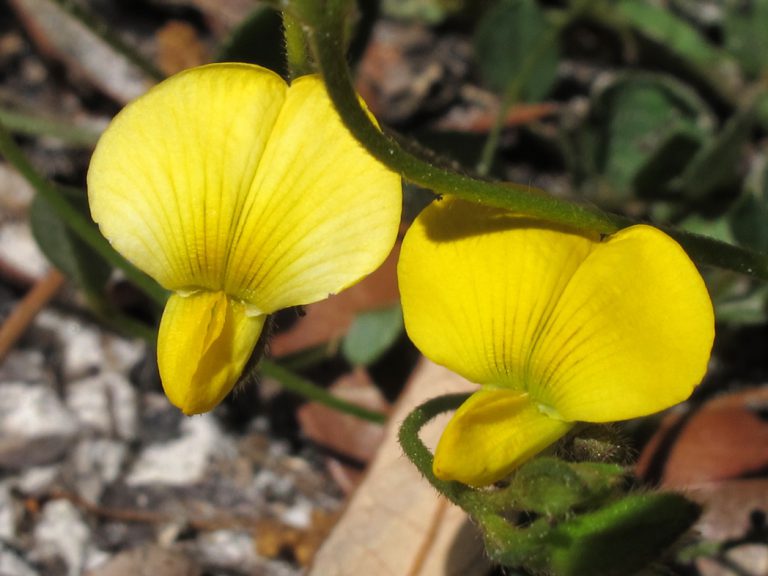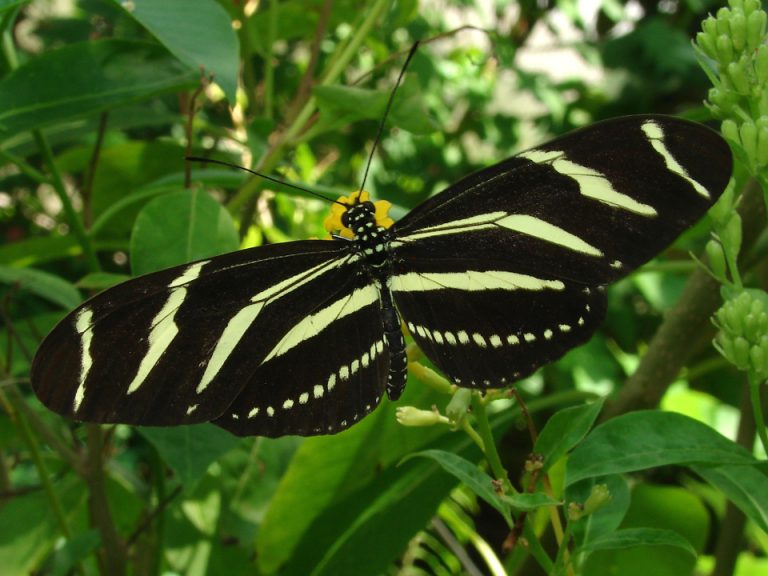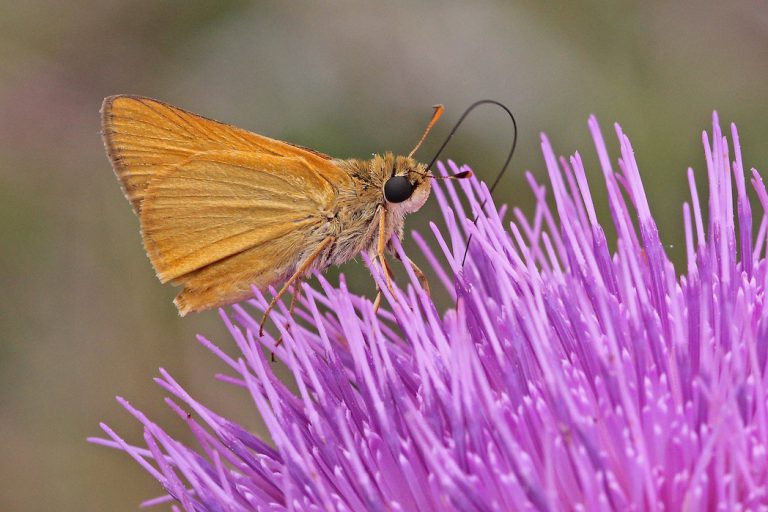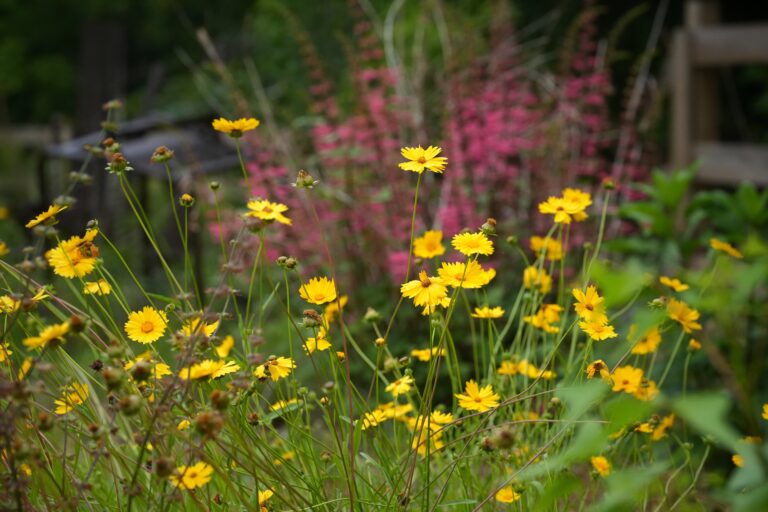30 schools win Seedlings for Schools grant awards
The Florida Wildflower Foundation awarded 2017 Seedlings for Schools grants to 30 Florida schools in 16 counties. This includes personalized growing assistance and $50 of assorted native Florida wildflowers from a Florida Association of Native Plants nursery to plant on campus.
